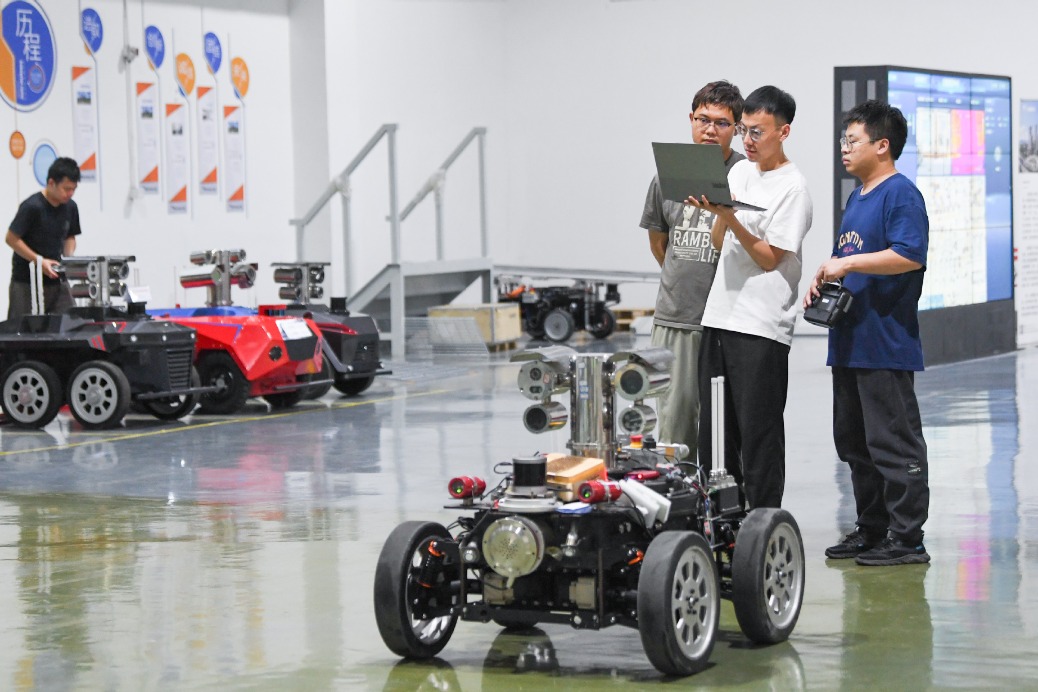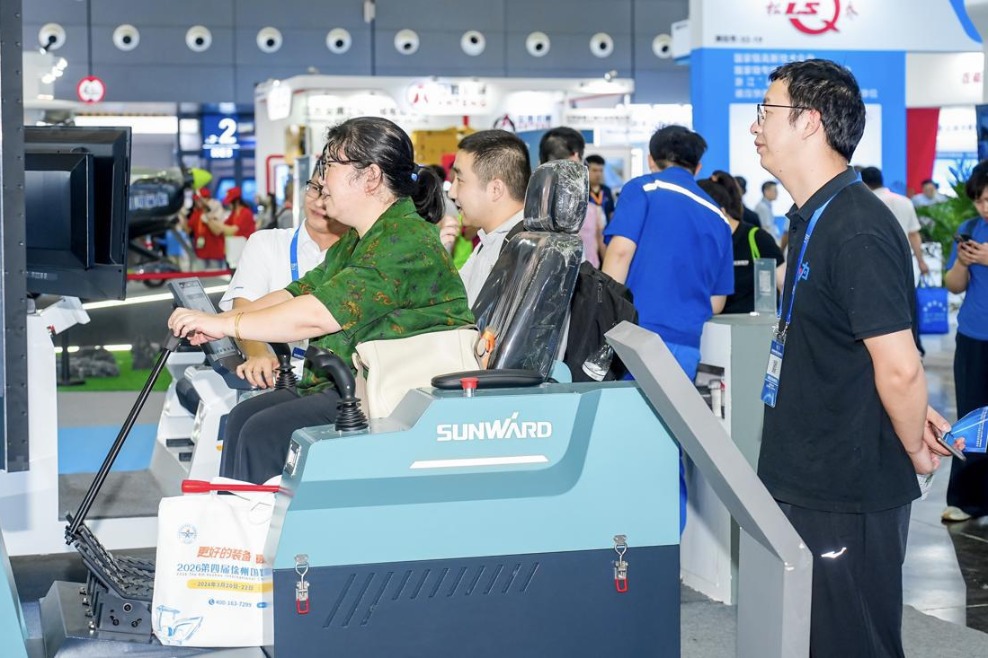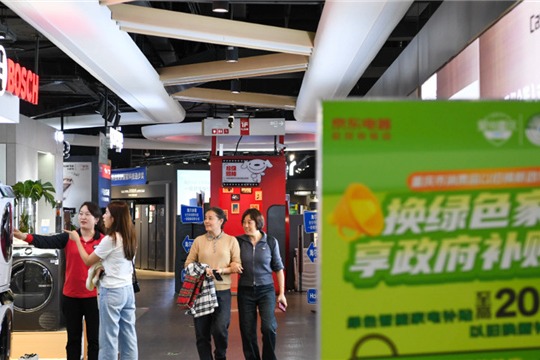Rooftop solar helping nation meet green goals


Distributed power facilities most common in more developed areas
Rooftop solar installations are likely to play a more important role in cutting carbon emissions in China, as the government has been ramping up its push for distributed solar facilities nationwide, setting out a rooftop photovoltaic mandate as part of a wider vision to make renewable energy a key cornerstone of the country's path to a green economy.
In response to a document released by the National Energy Administration in late June, which called for a selection of counties to be nominated for a trial program to promote rooftop solar pilot projects, 25 provincial-level regions nationwide have come up with detailed pilot programs so far, and most of which are economically developed regions.
In designated areas, a minimum of 20 percent of all residential rooftops will be equipped with solar installations, per the trial program, which mandates at least 30 percent for commercial and industrial structures, 40 percent for facilities such as schools, hospitals and village committees, and 50 percent for government estates, said the administration.
Experts believe the initiative is expected to make rooftop photovoltaic installations more readily available in rural areas while further facilitating China's targets of reaching a carbon dioxide emissions peak by 2030 and carbon neutrality by 2060.
With at least 500 projects now undergoing application procedures amid the rooftop photovoltaics initiative and readying to turn their rooftops green, the total installed capacity of distributed solar projects in the 25 provincial-level regions will have huge influence, Xinhua News Agency reported.
Peng Peng, secretary-general of the China New Energy Investment and Financing Alliance, an industry group, agreed. She said rooftop solar power projects being promoted and popularized throughout a county can substantially boost newly installed photovoltaic capacity in the nation.
The newly added annual installed capacity for solar stations has been around 30 gigawatts on average over the past few years. However, if the government's push for distributed solar installations nationwide is implemented as scheduled, the figure could reach 80 GW annually, she said.
Solar installations have boomed globally since 2010, with an annual growth rate of 40 percent. China is leading that growth and has ranked first since 2015 in both installed capacity and power generation.
"Distributed photovoltaic power sees massive development potential and also plays a key role in achieving the government's carbon neutrality goal," said Wang Chao, founder of pvmen.com, a Chinese-language photovoltaic industry news portal.
In addition to helping local governments and residents become more aware of the importance of new energy, the popularization of rooftop photovoltaics might also lead to more participation of the country's State-owned enterprises in the planning of distributed solar projects, which have remained at a relatively small development scale for the past few years, Wang said.
China Petrochemical Corp, or Sinopec Group, is one of the State-owned enterprises that has been stepping up distributed solar projects in recent years, eyeing its huge growth potential.
The company has recently commissioned the country's first "carbon-neutral" gas station, a distributed photovoltaic power project at its Jiaze gas station in Changzhou, Jiangsu province, which has rooftop solar panels that allow the facility to be self-sufficient and transmit unused power to the grid.
Solarizing the company's service stations is fully aligned with the company's strategy of going green, it said.
The station, with an annual power output of around 127,000 kilowatts to 147,000 kW, can reduce 91.2 metric tons to 105.6 tons of carbon dioxide, 116 tons of sulfur dioxide and 56 tons of nitrogen oxide, and boasts an average life span of 25 years.
The company has been actively allocating photovoltaic gas stations nationwide. With 160 solar-powered gas stations currently in operation in the provinces of Hainan, Guangdong and Yunnan, as well as the Guangxi Zhuang autonomous region.
The company eyes to equip more than 23 percent of its gas stations in the country with high-efficiency solar panels by 2025 and have 7,000 distributed photovoltaic gas stations across the country during the 14th Five-Year Plan period (2021-25).
Lin Boqiang, dean of the China Institute for Studies in Energy Policy at Xiamen University, said the push for distributed solar energy would also effectively address power shortages among existing users.
China installed 48.2 GW of solar capacity in 2020, a 60 percent year-on-year increase compared to 30.11 GW in 2019, according to the latest data from the National Energy Administration. The solar installations in 2020 were the second-largest ever, only behind the 52.8 GW installed in 2017.
China is still expected to add up to 65 GW of solar power capacity this year, according to the China Photovoltaic Industry Association, taking total solar installations beyond 300 GW by the end of the year.
With a supply constraint on photovoltaic raw materials and soaring product prices, which have slowed the development of new solar projects during the first half, solar power installations reached only about 13 GW in the first six months, a 12.9 percent increase compared to the first half of 2020 when China installed 11.52 GW.




































